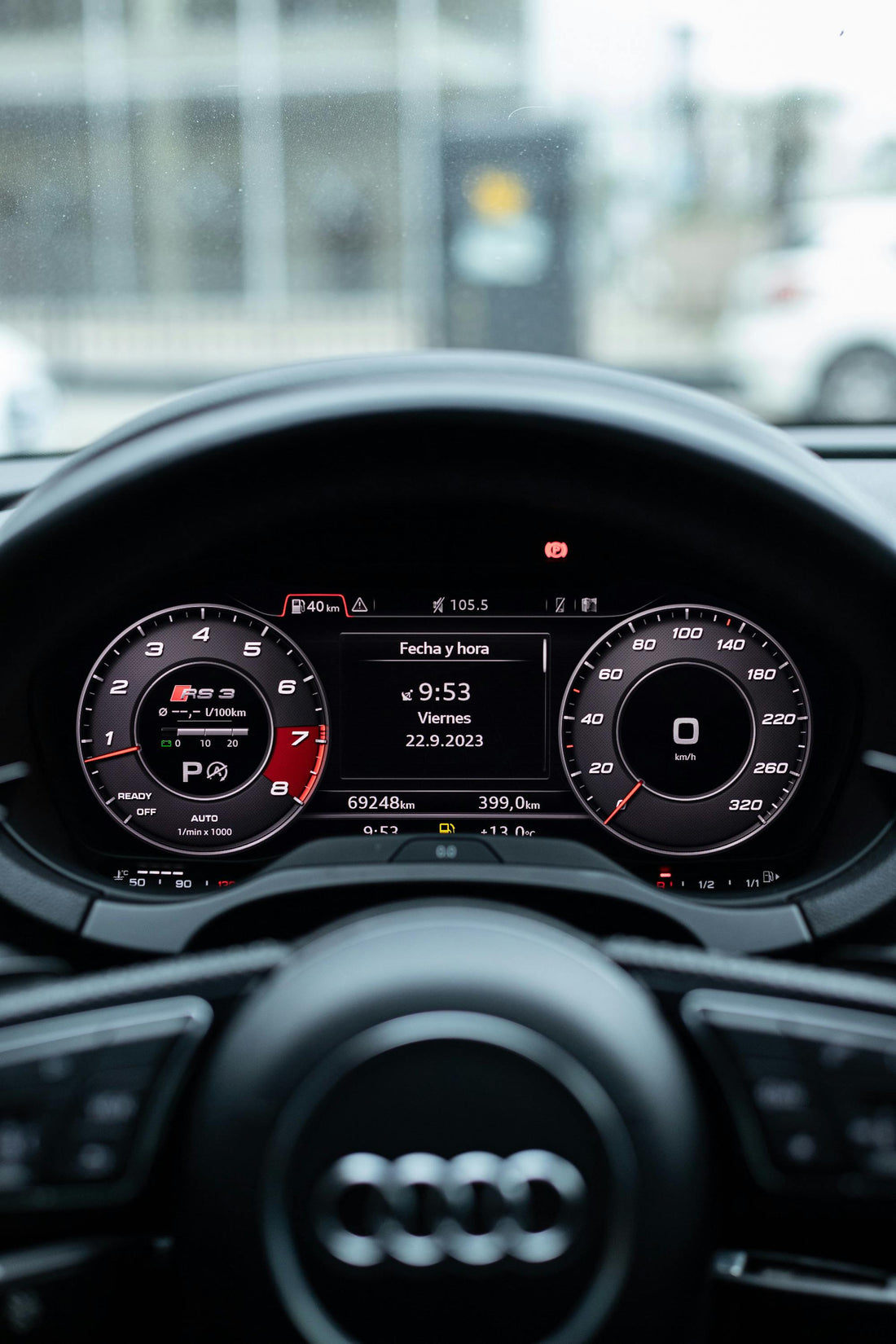
OLED: The Future Leader of Display Technology
Share
What is OLED?
OLED (Organic Light Emitting Diode) is a display technology based on organic materials. Unlike traditional LCDs, each pixel of an OLED screen emits its own light without the need for a backlight module, making OLED display devices thinner and lighter, with higher contrast and wider viewing angles.
The working principle of OLED
OLED screens are made up of layers of organic materials that emit light when an electric current passes through them. Each pixel is composed of three sub-pixels of red, green, and blue, and by controlling the brightness of each sub-pixel, a rich color can be displayed.
Advantages of OLED
- Self-illumination: Each pixel glows independently, without the need for backlighting, enabling true blackness and infinite contrast.
- Ultra-thin design: OLED screens are very thin and can be made into flexible screens.
- Wide viewing angle: The viewing angle is close to 180 degrees, and the color remains consistent.
- Fast response: response time is very short, suitable for high-speed dynamic graphics.
Application of OLED
OLED technology is widely used in various high-end electronic devices, including:
- Smart phones: high-end models such as the iPhone and Samsung Galaxy series.
- TV: OLED TVs are favored by consumers for their excellent picture quality.
- Wearable devices: such as smart watches, taking advantage of their flexible properties.
- Car display screen: used for infotainment and instrument panel.
Future Outlook
OLED technology is still developing rapidly and is expected to be applied in more fields in the future, such as transparent displays, foldable devices, etc. As production costs decrease and technology matures, OLED is expected to become the mainstream display technology, bringing a more shocking visual experience.
I hope this brief introduction can help you better understand OLED technology. If you have any questions or ideas, please leave a message in the comment area!
